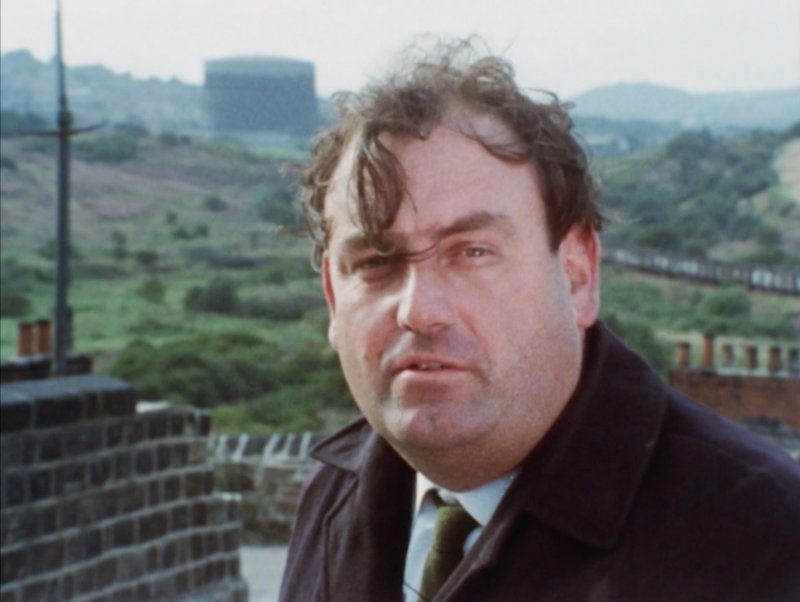HOW did Barnsley, at the turn of the 1970s, resemble a small Belgian city?
Readers might shudder when they think back to the ill-judged and ultimately canned ‘Tuscan hill village’ idea drawn up for the town in the early 2000s, and immediately discard any comparisons to the continent.
But in a visit as part of his series ‘Nairn’s Europe’, acclaimed architectural critic Ian Nairn – in an otherwise fairly scathing assessment – offered some substance to the claim that Barnsley is a lot like Sint Niklaas, a modest Flemish city that prides itself on its market and industrial heritage (namely in textiles rather than mining or glass making).
Bedford-born Nairn arrived in Barnsley on an August bank holiday weekend in 1969, commenting on the then-imminent construction of the Barnsley metropolitan centre, where Barnsley Market would be based, 48 years before its demolition to make way for the Glass Works redevelopment.
The writer and presenter expressed his frustrations over the new market – he remarked he ‘couldn’t tell if it was going to be any good or not’ – and discussed the ‘colossal puzzle’ of replacing ‘one of the best and biggest markets in Yorkshire’ with a vast concrete construction, soon to be loathed by most.
It was, he said, a common thread seen in the industrial north of England.
“Let something run down until it’s completely hopeless and then scrap it and start again, instead of trying to keep it alive,” added Nairn.
“This result of almost a century of not bothering has made the people, who are potentially marvellous, sort of listless and apathetic too.
“I like the people, I like the place, I’m happy here – but I also feel like shaking them, ‘come on, do something, don’t just lie down under it’.”
On his visit, most of the southern edge of the town resembled a building site.
The metropolitan centre scheme and awkwardly placed Alhambra shopping centre would see many historic buildings and pubs completely erased.
“I like Barnsley, but I wish it didn’t look so much of a dump,” he said.
“There’s an awful lot going on here every day, but it looks as though it’s dying on its feet.
“A contrast of human vitality and no vitality in the shape of the town goes right through the place.
“There’s hardly a street really that you’d recognise as belonging to any notable place at all.”
It’s in the semi-rural areas, looking toward Monk Bretton on the east of town and the M1 overpasses to the west, where he becomes most enthused, and where the purpose of the comparison is revealed.
It’s a rallying cry to preserve and develop the area’s unique character and history, rather than simply levelling it and starting again.
“Anything will do for Barnsley, for the countryside around, too.
“Countryside’s a bit strong a word really – this is the eastern edge of the town, and although there is a cornfield, there’s everything else as well.
“Gasworks, abandoned railways, abandoned canal, a touch of council houses on the hill at the top.
“What saddens me about this is not this colossal variety of objects in one landscape – that’s spilt milk anyway – but the fact that no one is trying to use the opportunity to create a new kind of landscape out of it.
“Because all this fantastic variety in a small area could be very exciting indeed.
“The Belgian countryside in many ways is very like that around Barnsley, the same fantastic mixture of town and country and unusual things happening all the time.”
Nairn died of cirrhosis in 1983, but it would be interesting to see what he made of the Glass Works – a nearly £200m development that’s as far from the claustrophobic grey concrete of the old metropolitan centre as possible, said to take cues from the town hall and Victorian-era buildings on Regent Street but very much of the present otherwise.
Half a century on and Barnsley has been stripped down and is being rebuilt from the ground up again.



























